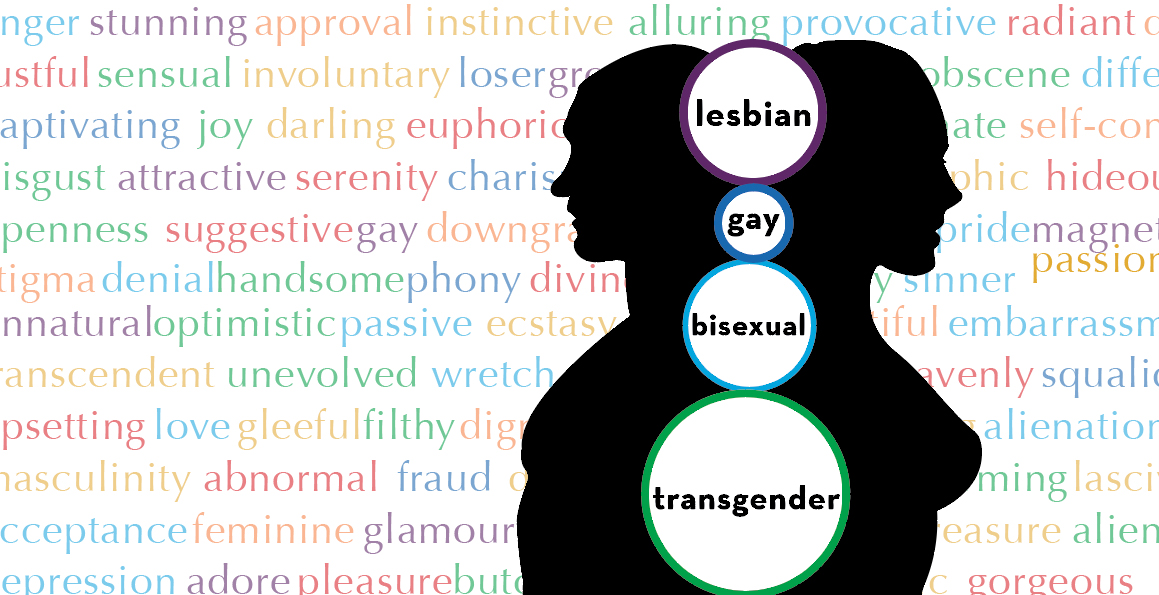No-brainer: These assaults should not happen

By Graphics team.
With this month being LGBTQPIA+ (LGBT for short) History Month, and also Domestic Violence Awareness Month, the staff at the Advocate couldn’t think of a better time to raise awareness of a subject that has been swept under the rug for a while now: the disproportionate rates at which transgender people are assaulted.
Let’s start with the good news: Much greater attention has been paid to rates of violence within the transgender/gender-nonconforming community in the past few years. More and more studies are published as the days go by – but these studies show the same, typical problems as any other sexual or domestic assault studies, in that most of the information is brought in through anti-violence organizations, and if someone was assaulted but didn’t contact that organization, it’s not recorded.
Which makes the numbers we do get from the studies much more somber.
These numbers are like cockroaches: for every one we see when we turn on the lights, there could be 10 more that we will never know about.
While raising awareness seems to be our best immediate course as a society, knowing the statistics is no valid substitute for compassion when communicating with a survivor.
According to a study funded by the Office on Violence Against Women, a sub-department of the U.S. Department of Justice, published by forge-forward.org, 50 percent of transgender people in America have experienced sexual violence (this number has been found in multiple other studies).
And this isn’t just a problem trans people experience at the hands of the general public. The fast facts are: 22 to 38 percent reported being harassed by police; 15 percent had experienced physical abuse and 7 percent sexual abuse. At least 26 percent of trans people haveexperienced physical assault from a health-care professional, and another 10 percent have experienced sexual assault. In schools, 31 percent of gender- nonconforming youth reported they have experienced “significant abuse.”
These rates of harassment and/or abuse can be higher in sub-communities of transgender people: 47 percent of transgender or gender-nonconforming African-Americans polled in 2011 reported they had been in jail at least once.
What we’re saying is, whether you support the LGBT community and its goals, or not, every one of us should have recognized three things by this point: One, transgender people are here to stay; we don’t think anyone doubts that. Second, individuals in no way deserve to be targeted for being themselves, assuming that they’re not hurting anyone. And, three, at the point where literally half of a large group reports being assaulted in some way, something in our culture clearly needs to be fixed.

Leave a comment